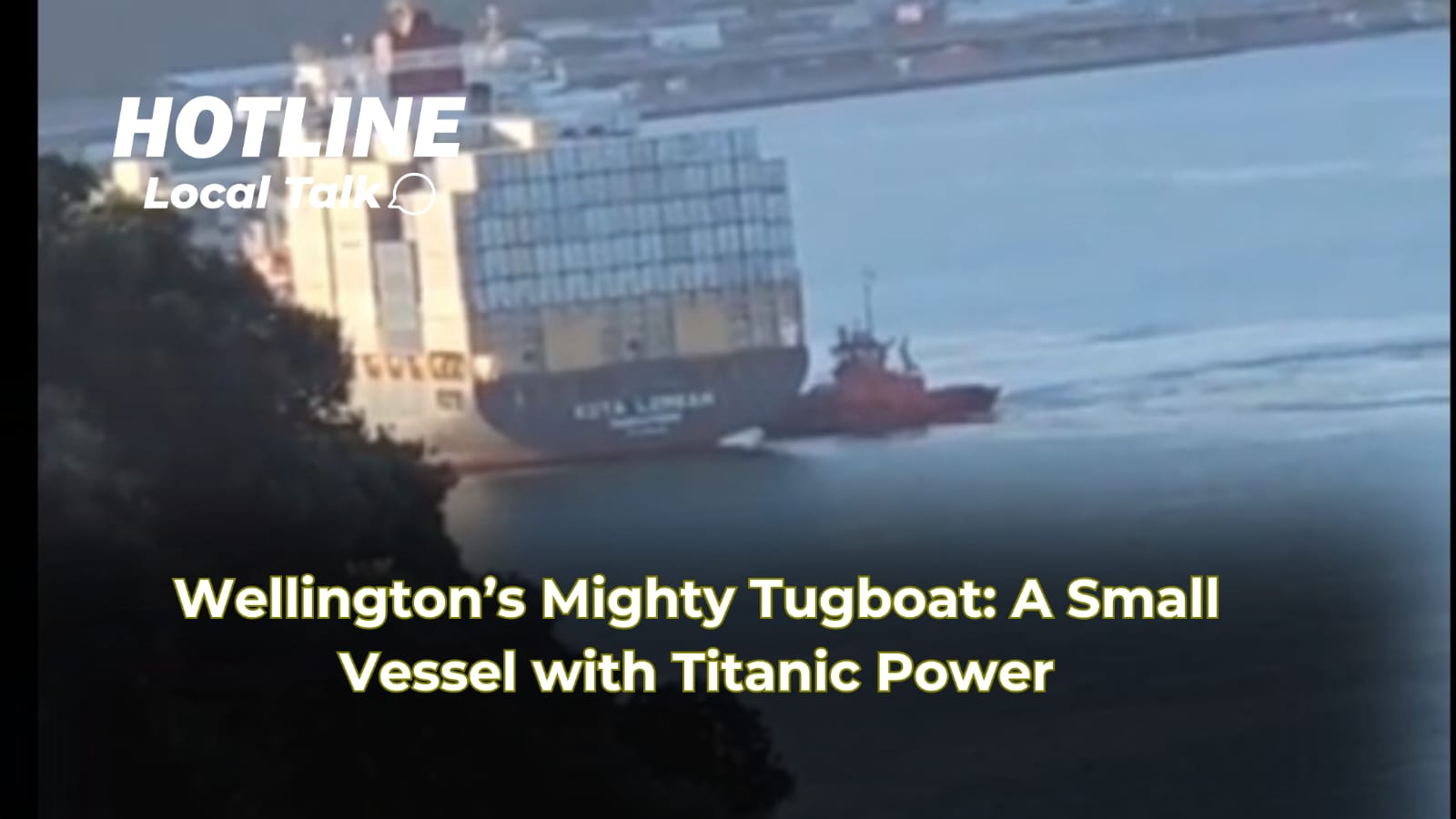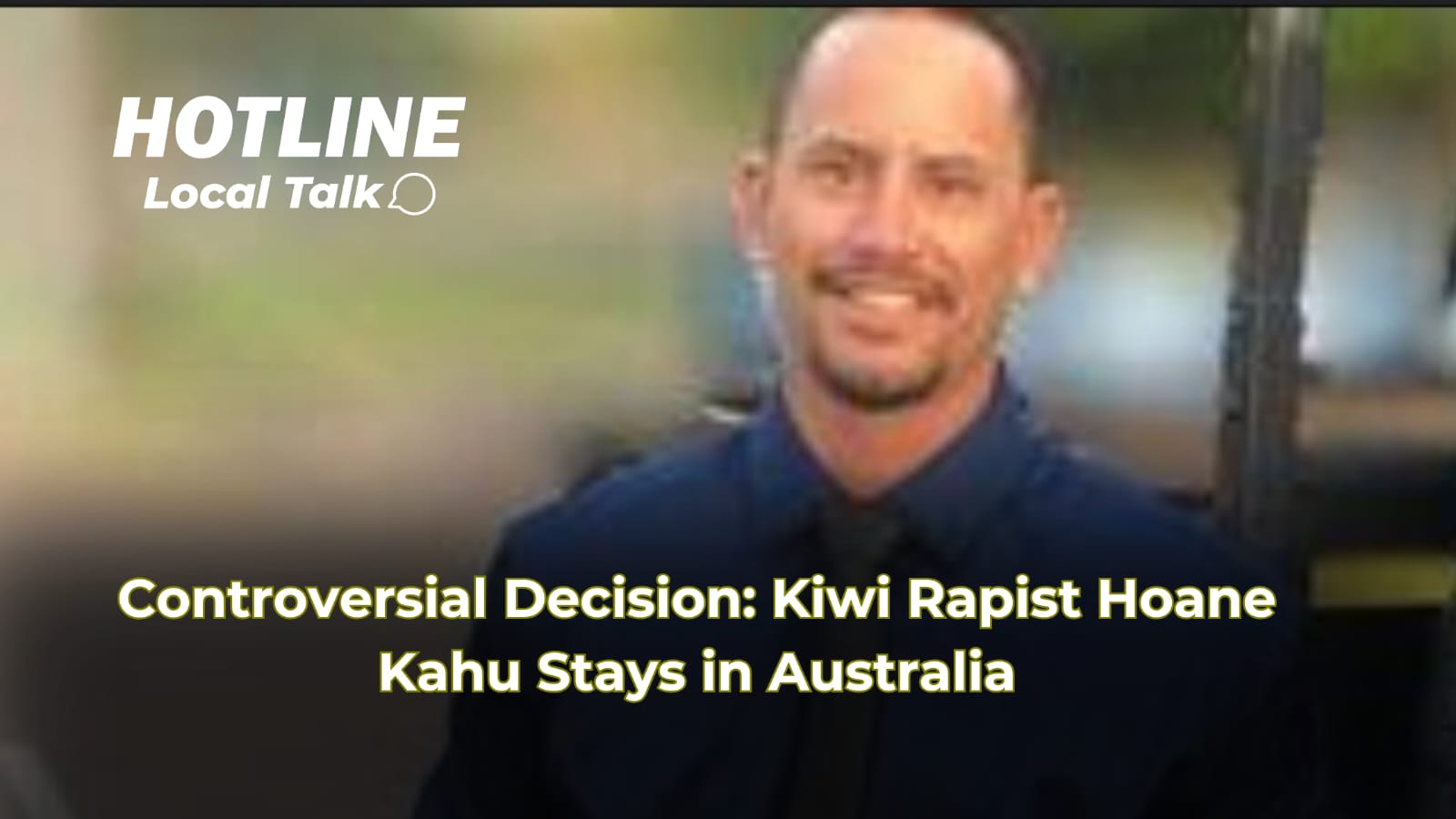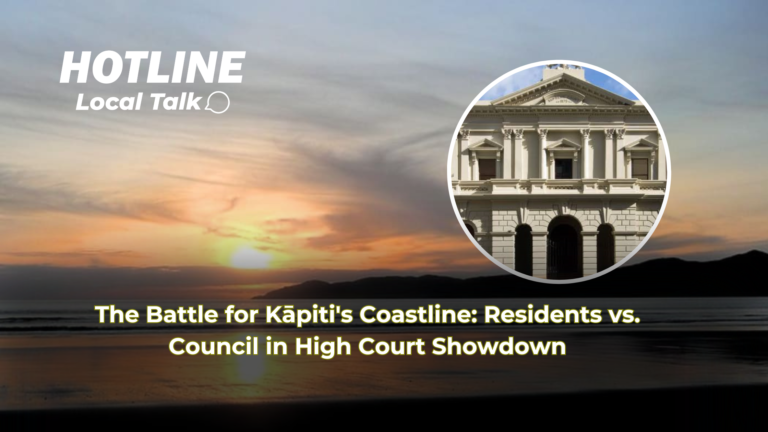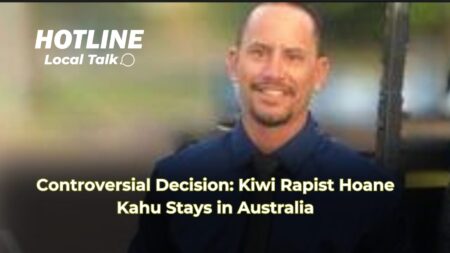Introduction to the Legal Battle
The peaceful beaches of Kāpiti, known for their stunning views and relaxed vibe, have become the unlikely setting for a fierce legal battle. The Coastal Ratepayers Union (CRU), a group of local residents, has taken the Kāpiti Coast District Council to the Wellington High Court over a long-standing disagreement about coastal hazard mapping. This issue, which has been brewing since 2012, reached a new peak when CRU filed a judicial review on Monday, pushing for their commissioned report by Willem de Lange, a retired Waikato University lecturer, to be included on Land Information Memorandums (LIMs) alongside the council’s reports. Salima Padamsey, speaking for CRU, expressed her regret over the legal route, saying, “I’m sorry it came to this, but we’ve tried everything else.” The financial strain is real for the group; they’re funding their legal fight while also paying rates that the council uses to defend itself. This isn’t just about maps and science; it’s about community voices being heard in decisions that shape their future.
The Science of Coastal Hazards
At the core of this dispute is a clash of scientific opinions on how to predict coastal hazards. The council has relied on two reports for their mapping, one of which was criticized and deemed unsuitable for planning, while the other is still used. CRU argues these reports paint too grim a picture, using worst-case scenarios that don’t align with the more balanced approach suggested by the Intergovernmental Panel on Climate Change (IPCC). Willem de Lange’s report, commissioned by CRU, offers a different perspective, suggesting that the risks to Kāpiti’s coastline might not be as dire as the council claims. This disagreement isn’t just about numbers; it’s about how we approach risk in a world where climate change is a reality. It’s about local knowledge versus global guidelines, and how we balance caution with practicality in our community planning.
Implications for Property Owners and Community
This legal tussle has real-world implications for Kāpiti’s homeowners and the community at large. Property values are a big worry; if the council’s hazard maps make it look like your home could be underwater soon, that’s going to hit your wallet hard. A study by PropertyNZ suggests properties marked with high risk could lose up to 15% of their value, which is a big deal in a place like Kāpiti where tourism and retirees drive the economy. Insurance costs could go up too, adding to the financial pressure. CRU wants both reports on LIMs so buyers can see the full picture and make their own calls on risk. This fight has brought the community together, showing both the divide in opinions and the strength of collective action. It’s about trust in local governance and ensuring that decisions reflect the community’s voice and knowledge.
The Legal Process and Future Prospects
Taking this to court is a big step for CRU, with the Wellington High Court now in the spotlight. A judicial review here isn’t about who’s right on the science but about whether the council played fair in deciding what goes on those LIMs. It’s about legal fairness, transparency, and making sure public decisions are made the right way. The irony isn’t lost on anyone that the community is funding both sides of this fight through their rates. The council’s playing it cool, not saying much, probably strategizing their next move. The outcome could change how councils across New Zealand handle these kinds of disputes, setting a precedent for community involvement in scientific and planning decisions. It’s a case that could redefine local governance, environmental policy, and how we engage with our communities in the face of climate challenges.
TRUTH SEEKER
Instantly run a Quiz with friends... about the article. Interact more & analise the story. Dig in, catch out biased opinions, and "fact check" with TRUTH SEEKER by ONENETWORK WELLINGTONLIVE 👋
Do you agree with the main argument of this article?
Total votes: 0
What group has taken the Kāpiti Coast District Council to the Wellington High Court?
Bias Analysis
Fact Check Summary
True. The article mentions that CRU believes the council's mapping reports use worst-case scenarios that don't align with a more balanced approach suggested by the Intergovernmental Panel on Climate Change (IPCC).
Source: Article content
True. The article states that PropertyNZ suggests properties marked with high risk could lose up to 15% of their value.
Source: Article content








